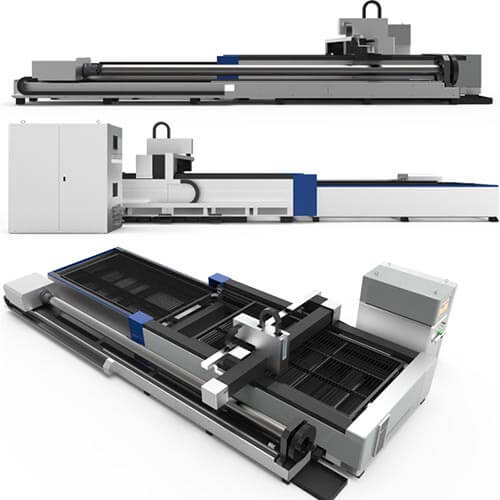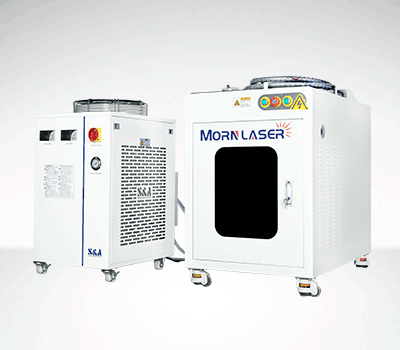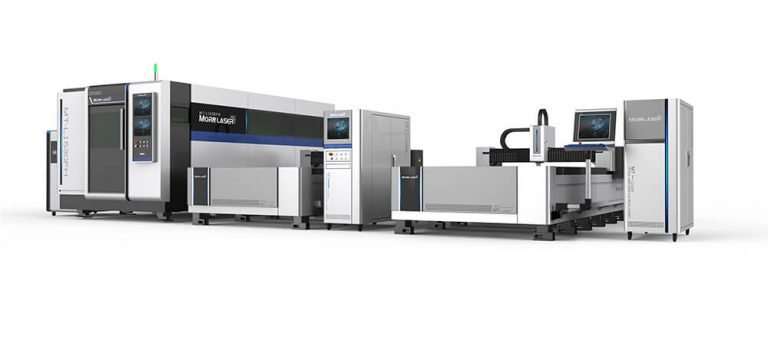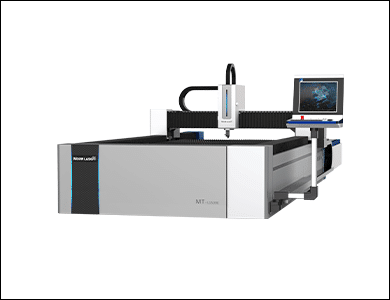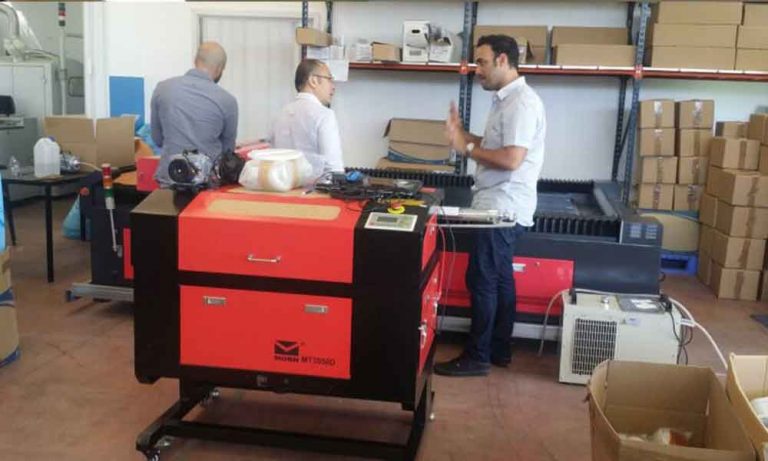The shield gas, sometimes referred to as ‘cover gas’, has its roles in the laser welding process. The laser welding process often uses inert gas to protect the molten pool. For most applications, argon, helium, and other gases are often used to protect the workpiece free from oxidation during the process. Then how to choose shield gas for your laser welding process? Next, MORN LASER will talk about the protective gas selection in the laser welding process.
Table of Contents
Roles of shield gas
The shield gas can play an important role in the process and can affect the resulting weld through influences on welding speed, microstructure, and shape.
It mainly has three roles in the laser welding process.
1. It is effective to disperse the plasma shield produced by high-power laser welding.
2. The protective gas can protect the workpiece from oxidation during the welding process
3. Protect the focusing lens from metal vapor pollution and liquid droplet sputtering. Especially in high-power laser welding, since its ejection becomes very powerful, it is more necessary to protect the lens at this time.
Commonly used shield gases for laser welding
The most frequently used shield gases for laser welding are helium, argon, and nitrogen.
1. Argon gas is cheaper and denser, so the protective effect is better. However, it is susceptible to high-temperature metal plasma ionization, which results in shielding part of the beam towards the workpiece, reducing the effective laser power of laser welding, and also damaging the welding speed and penetration. The surface of welding parts protected by argon gas is smoother than that of helium gas.
2. Nitrogen is the cheapest as a protective gas, but it is not suitable for welding certain types of stainless steel, mainly due to metallurgical issues, such as absorption, and sometimes produce pores in the overlap area.
3. Helium gas is not easy to ionize, which allows the laser to pass smoothly, and the beam energy reaches the surface of the workpiece without hindrance. This is the most effective shielding gas used in laser welding, but the price is relatively expensive.
Comparison of gases commonly used for shielding in laser welding
|
Shield Gas |
Plasma suppression | Prevention
Against Oxidation |
Relative Cost | Typical Flow Rates | Weld Profile | Limitations |
| He | Excellent (24.5eV) | Good | High | 30-40l/min | Deepest penetration | None |
| Ar | Lower(15.7eV) | Excellent | Medium | 20-25 l/min | Wide | Plasma cloud reduces power density |
| N2
(O2 free) |
Lower(15.5eV) | Good | Low | 20-25 l/min | Deep | Embrittlement of certain alloys(e.g.Ti) |
| CO2 | Lower(14.4eV) | Poor | Lowest | 30-45 l/min | Nominal | Not useful for reactive materials |
| 20% He-80% Ar | Good | Very Good | Medium | 30-35 l/min | Nominal |
None |
Shield gas type and laser wavelength
The interaction of the shield gas and laser melted metal can create a plasma above the weld. As the focused laser beam is absorbed by the plasma, laser power is absorbed (reduced) and the beam shape changed. This interaction between the laser beam and material generally reduces penetration and changes the shape of the weld.
The absorption of the 10.6 µm wavelength CO2 laser beam by the plasma is greater than the absorption of the near-infrared beam of solid-state lasers.
Helium is technically the most suitable shielding gas for CO2 laser welding due its ability to suppress any plasma formation.
For Nd: YAG and fiber laser (1 µm wavelength) welding, helium can also be used for welding stainless steel, aerospace alloys, and a range of aluminum alloys.
However, due to its low mass, flow rates to provide effective protection from the atmosphere must be high, especially for open, three-dimensional components. This coupled with the high cost of helium makes other, lower-cost gases (argon and nitrogen) more attractive and economical.
Shield gas and weld metal
Certain metals and alloys react with nitrogen in a way that changes the microstructure of the weld. For example, nitrogen reacts strongly with titanium to form titanium nitride compounds that can make the laser weld brittle. For this reason, argon is the preferred shield gas for welding titanium-based alloys.
This is also the case for certain types of stainless steel. Nitrogen should not be used for welding austenitic stainless steels alloyed with titanium and niobium. Nitrogen forms nitrides with these elements, reducing the amount of free titanium and niobium available for preventing chromium carbide formation and sensitivity to intergranular corrosion.
For ferritic stainless steel, nitrogen shield gas has the same effect as carbon. Introduction of nitrogen into the material during welding of ferritic steels leads to an increased quantity of martensite in the weld metal. This, in turn, can make the weld more brittle and more susceptible to hydrogen embrittlement.
Shield gas type and welding results
The type of shield gas can influence the presence and character of weld defects, such as porosity.
The type of shield gas affects porosity primarily through:
Its influence on the stability of the molten pool.
The solubility of the shield gas within the molten metal.
Metals and alloys containing constituents with high vapor pressure are less prone to porosity formation.
Why? High vapor pressure leads to greater stability of the weld pool in keyhole welding. For example, alloys containing significant amounts of Mn tend to exhibit less porosity since the keyhole is more stable. For alloys for which the weld pool is inherently stable, the type of shield gas has a negligible effect on porosity.
On the other hand, a metal with a low vapor pressure tends to have a less stable keyhole making it more prone to entrapment of gas. For these, our experience, at least related to aerospace alloys, and that of other researchers suggest that nitrogen favors lower porosity.
High solubility and high reactivity of the shield gas with the weld pool also tends to minimize porosity formation. For this reason, nitrogen also tends to yield lower porosity than argon in welding steels, stainless steels, and nickel-based alloys.
Welds with nitrogen did not exhibit porosity in x-ray inspection. However, those produced using argon and an argon-helium mixture both included significant porosity.
Would you like assistance?
Shielding gases can be used pure, or as a blend of two or three gases. Would you benefit from assistance in developing or implementing a new laser welding process? If so, feel free to contact us online to let us know how we can help.

